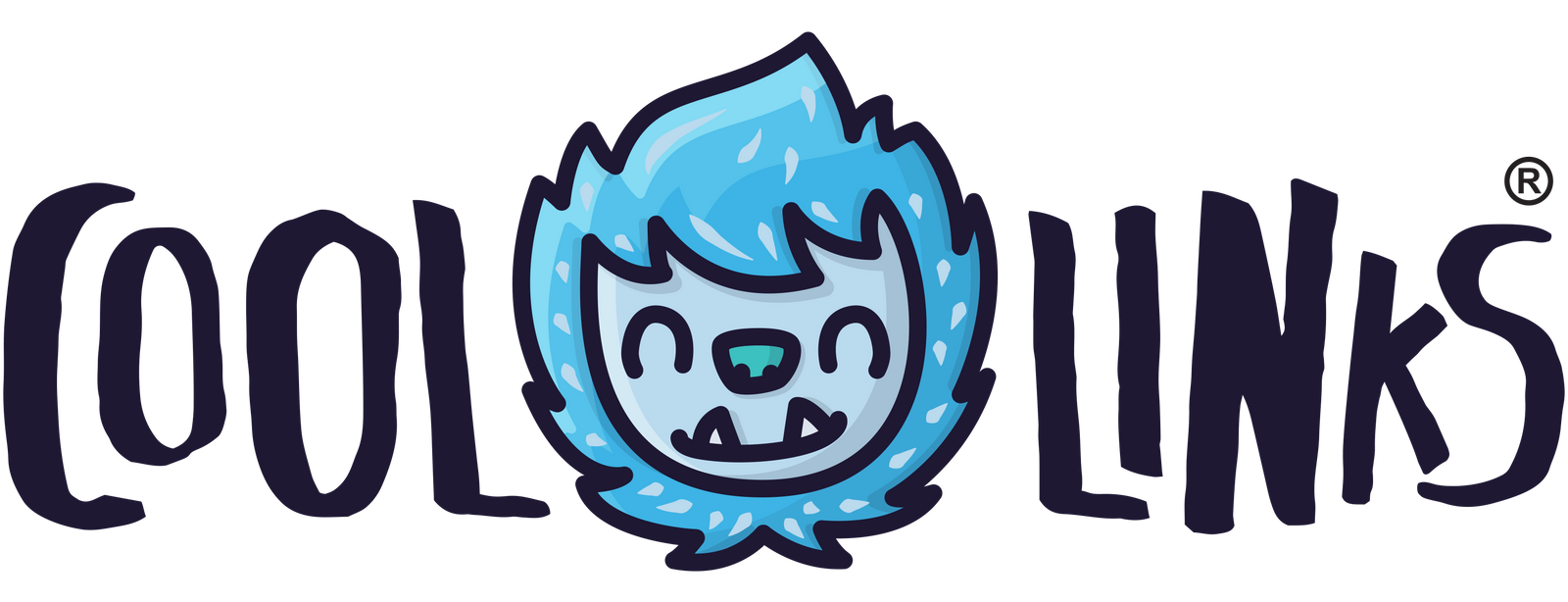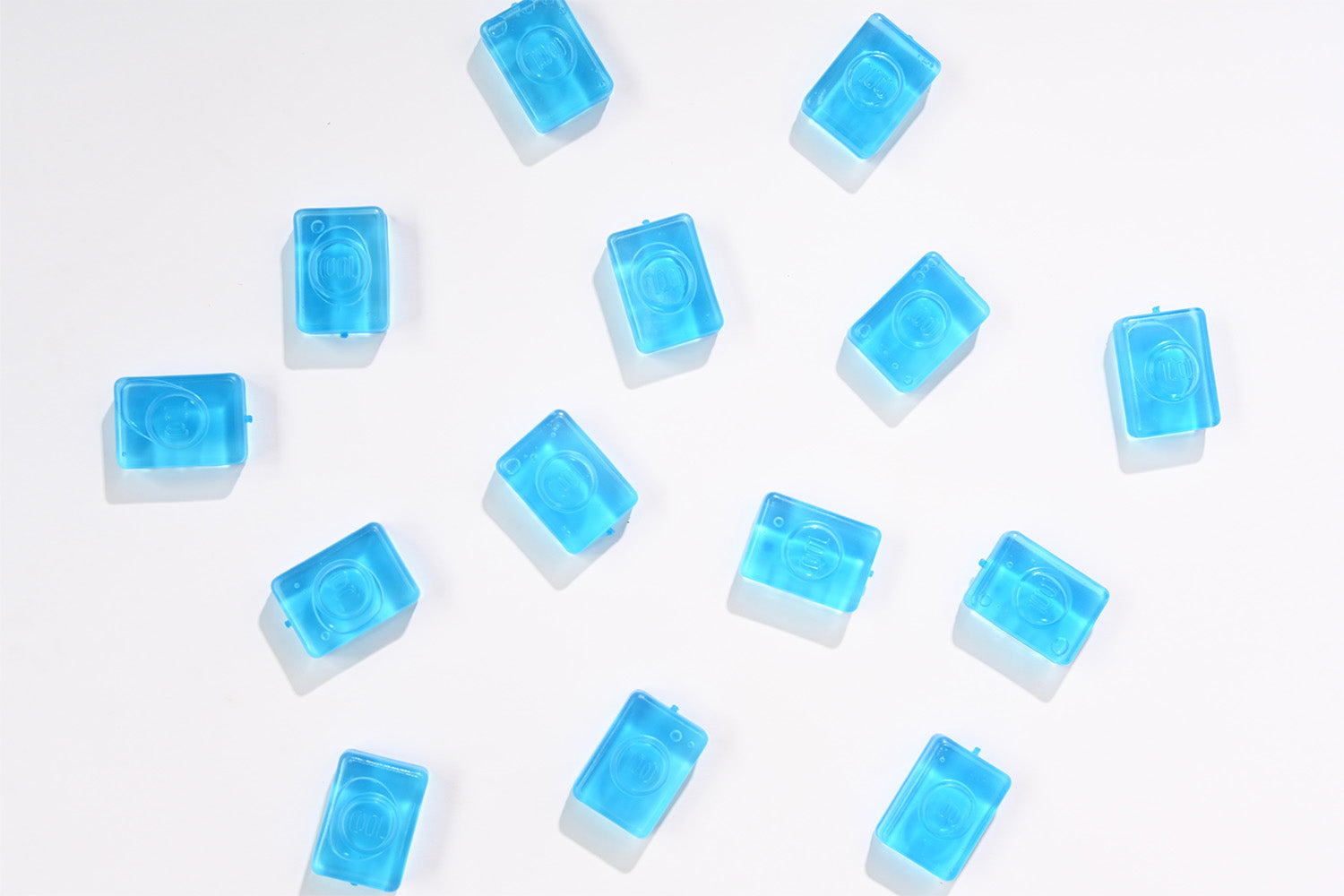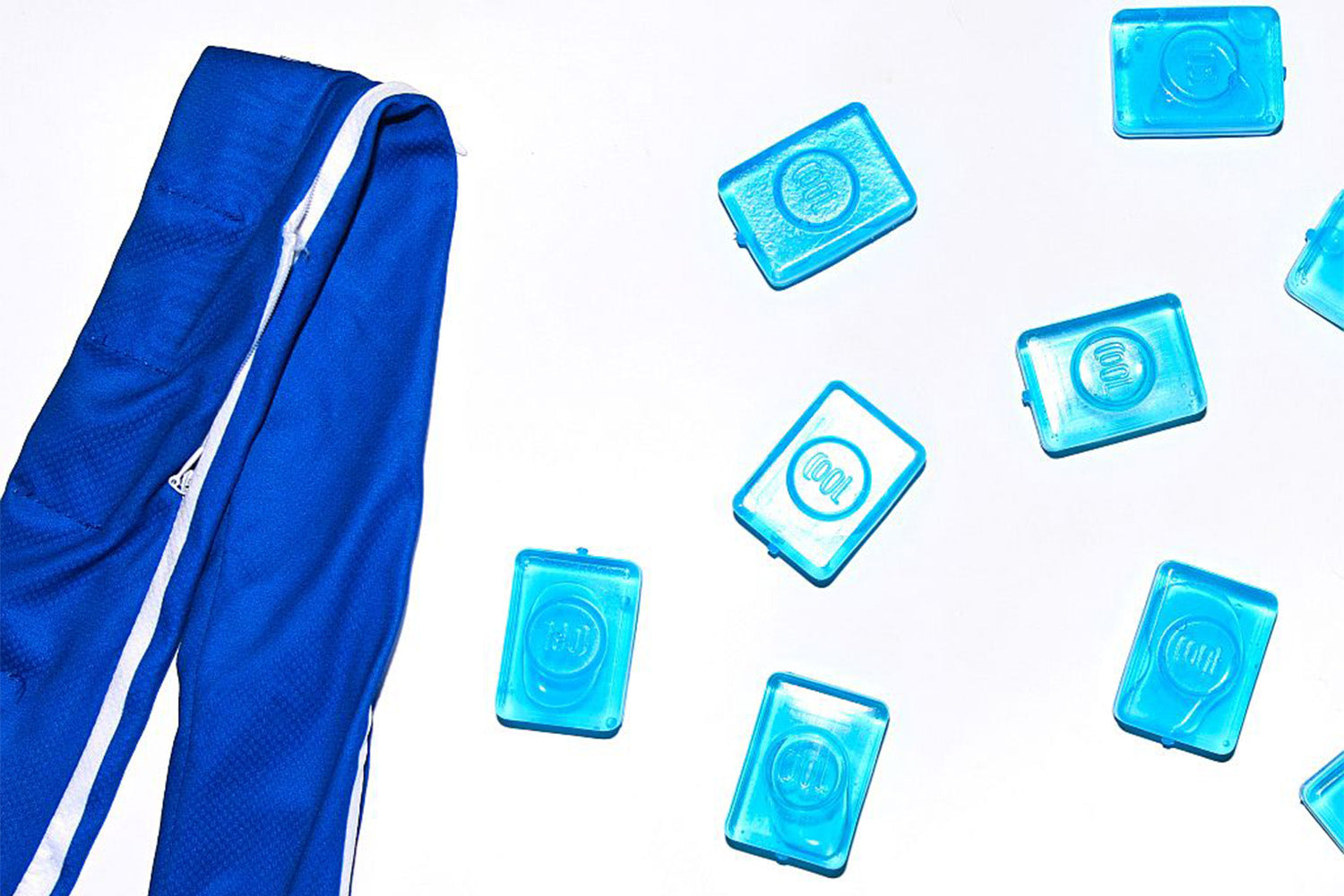In the summer, staying cool is one of the most important things you can do. It's essential to beat the heat if you're hanging out in the sun or working out. Being hot, sweaty, and exhausted can put a damper on your experience, so it’s essential to cool down however you can/
Here at Cool Links®, we have exactly what you need to stay as cool as possible — namely, our specialized two-in-one cooling towel system. Our aim is to help people maintain an optimal body temperature in every circumstance, no matter where they are or what they're doing.
We've designed every aspect of our cooling system to be highly effective, long-lasting, and practical in any situation. Read on to find out everything you need to know about the heart behind our cooling system!
Why Is Staying Cool in the Summer Important?
Being hot in the summer can be uncomfortable — and even dangerous.
When you're hot, your body temperature increases. Your heart rate goes up, which can make it harder to exercise. The increased blood flow to your skin may lead to a higher risk of sunburns and other skin conditions.
Staying cool isn’t just about your body; it’s also crucial for your mental wellbeing. When you're hot, your body temperature rises. That can make you feel less energetic, less alert, and less productive. It can also cause headaches and muscle cramps.
Your body temperature, known as your core temperature, is regulated by the hypothalamus in your brain. When it gets too hot out, and you start to sweat — which helps cool down your skin — it sends signals to the hypothalamus that you need to cool off.
You can lower your body's core temperature by:
- Drinking cold fluids like water or iced tea
- Taking a cool shower or bath
- Wearing loose-fitting clothes that breathe easily, like cotton
- Eating cooling foods like watermelon or cucumbers
- Avoiding spicy foods that raise body heat
- Use a cooling towel
Suppose your body cannot replenish its water content quickly enough or someone with medical conditions experiences an adverse reaction due to extreme heat. In that case, things can start to go wrong pretty quickly.
That's why it's crucial for everyone who lives in areas that experience extreme temperatures to cool off however they can — although not all cooling technologies are created equal.
How to Lower Body Temperature in the Summer
While your body will naturally try to cool down — by sweating, for example — it's not always enough.
With some knowledge and preparation, you can prevent overheating from ruining your summer fun. Here are some ways to lower your body temperature before you start feeling icky:
- Drink water.The human body is 65% water by weight, so staying hydrated is crucial to avoid overheating. If you're unsure of how much water you should be drinking each day, talk to your doctor about how much fluid is correct for you based on age, gender, activity levels, and other factors.
- Find shade and rest. When the sun is beating down and making you feel hot all over, find some shade where there's a breeze coming through. That will help cool off your skin without requiring too much effort from your body's internal cooling system.
What about when all else fails? Take a nap! It may seem counterintuitive at first glance, but napping actually helps people stay cool because it requires less energy than being awake.
- Use a Cool Links® cooling towel.Cool Links® towels are specifically designed to help you cool down. They can help pull the heat out of your body and ensure that you're as comfortable as possible. It's a tool that uses natural body processes to cool your body down as quickly and efficiently as possible while allowing you to stay active and keep moving.
These cooling towels are some of the most valuable products for staying safe and healthy in the hot summer months. If you don't have experience with them, read on to learn more about what they are and how to use them!
What Are Cooling Towels?
Cooling towels are highly absorbent cloths that can be used to lower body temperature and help prevent heatstroke. They're often made of a material like microfiber, which has been shown to work particularly well for absorbing moisture from the air and transferring it to the skin.
Cooling towels are most commonly used for hot flashes and other symptoms of menopause, such as night sweats.
Some people use cooling towels on their heads to help prevent headaches caused by dehydration or overheating; others use them as part of their exercise routine because they're more comfortable than other types of clothing when working out in extreme heat.
A cooling towel works similarly to how your body cools itself naturally by sweating and releasing heat through evaporation. The cooling towel uses the same process by absorbing sweat from the skin and allowing it to evaporate into the air.
Cooling towels also make a great addition to any first aid kit because they're easy to carry around and work well in situations where there may not be air conditioning or access to ice packs.
How to Use a Cooling Towel
Using a cooling towel is simple, but it's still important to know how to use it properly. This will allow you to maximize your benefits and find your optimal body temperature as quickly as possible!
The best way to use a cooling towel is to keep it in the freezer and drape it over your neck, shoulders, or chest — wherever you need it most. You can also place it on your wrists or ankles.
If you cannot keep the towel in the freezer, you can simply soak it in cold water and use it that way. If you're using a cooling towel made of natural materials like cotton or microfiber, you might want to tie it around your neck or wrists so that it doesn't slip off while wearing it.
If possible, stay indoors in an air-conditioned room to help cool down further. Drink plenty of water (or ice water) throughout the day and try to replenish lost electrolytes from sweating — this is especially important for older adults who may be more prone to dehydration than younger people.
Why Cool Links® Is the Best Option on the Market
If you're looking for the best option available for your cooling needs, you've come to the right place! Here at Cool Links®, we've found some of the best ways to innovate cooling towels and incorporated them into our signature cooling towel system.
While there may be other cooling options available, none of them are as effective, efficient, or long-lasting as Cool Links®!
One of our favorite features is our frozen reusable cubes. While other cooling towels will only stay cool as long as they are wet, we've created frozen cubes that penetrate deep into your muscle tissue for a faster and more intense cool.
These can continue to cool your body down for up to two hours — exponentially more extended periods of time than the fifteen minutes of relief you’ll get from traditional cooling towels. Even better, you can easily swap out your frozen cubes for a second set to get two more hours of cooling power.
Another main thing that we've focused on here is creating a product and system that is truly two in one. While you can use the product at maximum capacity with the cooling links, you can also just use the product as a traditional cooling towel!
Conclusion
At the end of the day, we created Cool Links® to keep you cooler for longer. Our goal is to ensure that people can stay as safe and comfortable as possible when working out, spending time outside, or in any other situation that requires cooling down.
If you want to see how this towel can work for you, feel free to check it out on our website! We've got many different colors available, all of which can help you stay cool in style.
If you want to beat the heat most effectively, Cool Links® is here to help!
Sources:
Stay Cool | NIH News in Health
Microfiber | University of Washington
The Water in You: Water and the Human Body | US Geological Survey.





